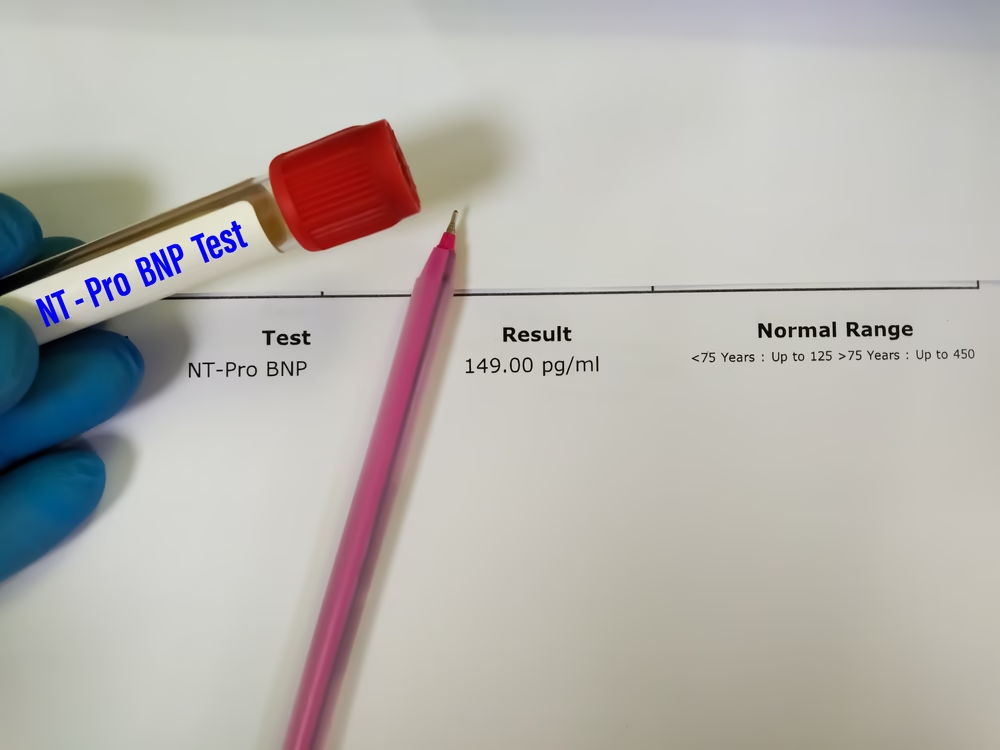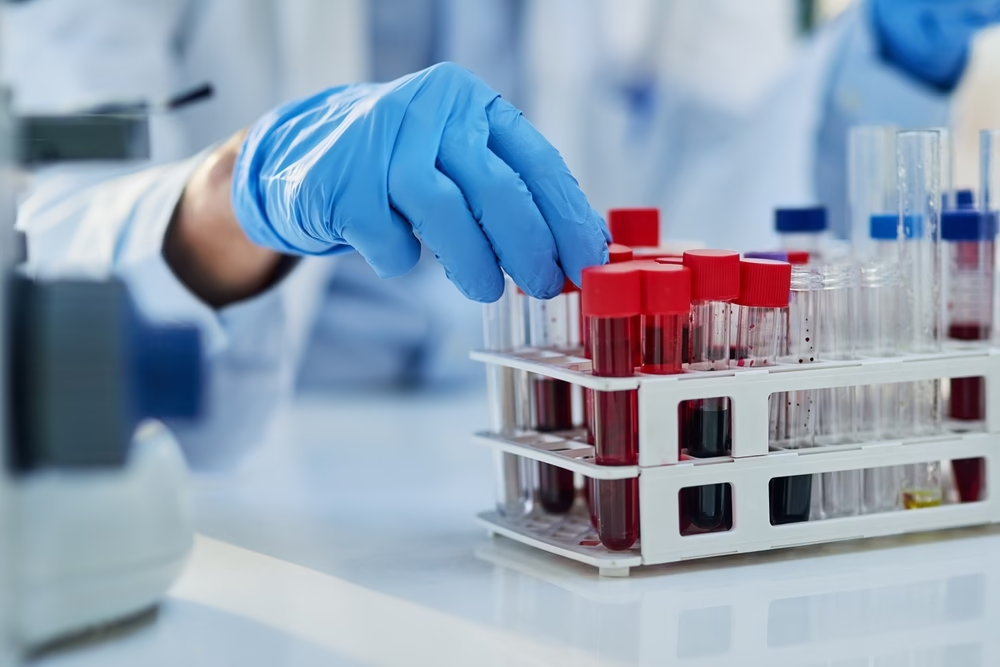You know how every health blog screams out loud, “Prevention is better than a cure.” We don’t want to lead you with this usual, because guaranteed you’ve heard this phrase more times than you’ve had your lipid profile checked. But we want to speak to those who are already hurting. You, who have sat outside a cardiologist’s office, staring at your ECG report as if it’s a death warrant. It’s you, whose father just had a heart attack, or whose told surgery is the only solution.
But what if you could avoid bypass surgery? What if you could reverse heart disease without trauma? That’s no fantasy, it’s already happening, thanks to the program introduced and perfected over the last 30+ years by Dr. Bimal Chhajer and his team at SAAOL Heartcare, Delhi. They have rewritten the story through non-surgical heart disease treatment, particularly with EECP treatment in Delhi/NCR. Heart disease is no longer the end. This is not just your average-looking health blog. It’s the cheat code that no one ever gave you, the Top 10 Blood Tests that can whisper the secrets of your heart’s future. You don’t need an OT to save your heart — you need better science and early detection, and the right questions.
Let’s get into it.
Table of Contents
Togglehs-CRP (High-Sensitivity C-Reactive Protein):
hs-CRP is a protein made by the liver when there’s inflammation in the body.
hs-CRP doesn’t measure fat, but it quantifies inflammation — the slow, silent fire inside your blood vessels. Even a small elevation (greater than 2.0 mg/L) indicates you might be “heading for a cardiac event” despite all other reports appearing to be fine.
“It’s not always the heart blockage. Sometimes the inflammation around it explodes first.”
According to the New England Journal of Medicine, people with high hs-CRP and normal LDL have double the risk of heart attacks compared to those with low hs-CRP.
So don’t just track your fat, but your inflammation too!
Lp(a) – Lipoprotein(a)
This is a type of cholesterol particle with an extra sticky protein attached (apolipoprotein(a)). Lipoprotein (a) or Lp(a) is genetically determined. No amount of diet, exercise, or statins affects it much. If your Lp(a) is high, your risk of early heart attacks is 4x higher, even with perfect cholesterol.
Why it’s ignored:
Because most labs don’t test it unless asked. Even most doctors skip it unless they’re thinking ahead.
❝ If heart disease runs in your family, this is the blood test that runs the family too. ❞
Insist on an Lp(a) check — especially if you’re under 45 and already facing cardiac concerns or going for non-surgical heart disease treatment
ApoB – Apolipoprotein B
It is a protein found on all harmful (atherogenic) cholesterol particles like LDL, VLDL, IDL, Lp(a), and Chylomicron remnants
Wait… isn’t LDL the villain?
Well, here’s the news: ApoB is the protein that carries all atherogenic (plaque-forming) particles. If you know ApoB, you know your enemy precisely. LDL can be misleading. ApoB shows exactly how many harmful particles are in your blood. ApoB correlates with heart risk more accurately than LDL or total cholesterol, as confirmed by recent ESC and ACC guidelines.
Homocysteine
It is a natural amino acid in your blood that comes from eating protein. A high level of homocysteine is destructive to your arteries, like acid eating through steel pipes. If it’s above 15 µmol/L, your arteries could harden even before the age of 40.
Why it spikes: Poor B-vitamin intake (particularly B6, B12, folate), stress, genetics.
High homocysteine can potentially be reversed by adding methylated B-complex supplements (under medical supervision) if you choose non-surgical heart disease treatment at SAAOL Heartcare Delhi.
Fibrinogen
It is a blood plasma protein that helps in forming clots. Heart patients don’t just have to worry about blockages. They are at risk for clots that come out of nowhere. Fibrinogen is a clotting factor, and if it goes up, your risk of stroke and heart attack goes up.
Why it’s not common:
It’s not part of general checkups. But it ought to be for those with atherosclerosis, diabetes, or hypertension. High fibrinogen means your blood is always ready to “stick.” Not a good thing when vessels are already narrow.
Fasting Insulin & HOMA-IR
It is the level of insulin in your blood after not eating for 8–12 hours. You may have normal blood sugar, but still be on the road to heart disease.

Insulin Resistance is the earliest sign. HOMA-IR is a calculation using fasting insulin and glucose that tells you how hard your body is working to stay “normal.” The majority of heart patients are metabolically unhealthy very early, long before diabetes appears. This is when you catch it early. 75% of heart patients are insulin resistant, usually misdiagnosed as simply “stress-related sugar fluctuations.”
NT-proBNP –(N-terminal pro B-type Natriuretic Peptide)

It is a hormone released by your heart when it’s stretched or stressed. If your NT-proBNP is elevated, your heart is under mechanical stress. This is crucial for diagnosing early heart failure, even before symptoms like breathlessness appear.
Who should get this?
- People over 50
- Those experiencing shortness of breath, tiredness
- Long-term diabetics and hypertensives
Oxidized LDL – (OxLDL)
It is defined as the LDL cholesterol that has been damaged (oxidized) by free radicals. LDL is bad. But oxidized LDL? That is the form of cholesterol that triggers the immune system, causes foam cells, and creates the most dangerous plaques. Few labs in India perform this test, but this is one of the most accurate markers of early arterial damage.
If you already have heart disease, or you’re a smoker/diabetic, ask for this test. You’ll get answers that standard LDL tests hide.
Microalbuminuria (Urine Test)
It is defined as the presence of small amounts of albumin (a protein) in urine. Microalbumin in urine is a strong predictor of cardiovascular events. It means that your endothelium, the lining of your blood vessels, is leaking.
It’s like the roads are cracking before a flood. And the flood is your next heart attack.
Especially critical for:
- Diabetics
- High BP patients
- Long-standing heart patients
Lipid Particle Size Test
It is a test that looks at the size and type of LDL cholesterol particles. LDL particles may be large and fluffy (less dangerous) or small and dense (more dangerous). Even if your LDL number looks good, the small, dense ones sneak into arteries and cause heart blockages.
Not commonly available, but game-changing if you’re on the fence for statins, or if your LDL is borderline. People with small, dense LDL have a 3x higher chance of having a cardiac event, as per studies in MDPI(Biomedicines).
Aren’t Lipid Profiles Enough in Non-Surgical Heart Disease Treatment?
Nope.
A lipid profile tells you how much, but not the quality or nature, and behavior, of cholesterol.
This is like checking how many people are in a stadium, without knowing if they’re peaceful fans or a violent mob.
So, What Should You Do?
Here’s a smart 3-step plan:
Don’t self-diagnose:
Show this blog to your doctor. Let’s have a conversation, not breed fear.
Prioritize the game-changers:
Begin with hs-CRP, ApoB, Lp(a), and fasting insulin. Just these 4 can dramatically alter your treatment plan.
Look beyond the hospital checklist:
Most doctors still work with outdated templates. But you can be the reason they think deeper. The healthcare system changes one informed patient at a time.
There’s nothing mysterious about heart disease. It’s a reversible, data-driven condition — if detected early and tracked smartly. Most importantly, it can be treated with non-surgical heart disease treatment
And that’s precisely what Dr. Bimal Chhajer’s SAAOL Heartcare Delhi is doing– providing people with a safe, effective, non-surgical alternative to bypass surgery through EECP treatment, lifestyle modifications, and accurate blood health analysis.
Blood tests are more than just numbers. They are a tale of what your heart has been through, what your heart is hiding, and what will come next.
You should really read that whole story.
Let’s ditch the fear. Let’s ask better questions. Let’s demand smarter tests.
You can visit SAAOL Heartcare Delhi to take a second opinion in case you are in Delhi/NCR or want to know if you’re fit for non-surgical heart disease treatment. Ask about EECP. Ask the tough questions. Because your heart was never made to just survive — your heart is made for a comeback.


